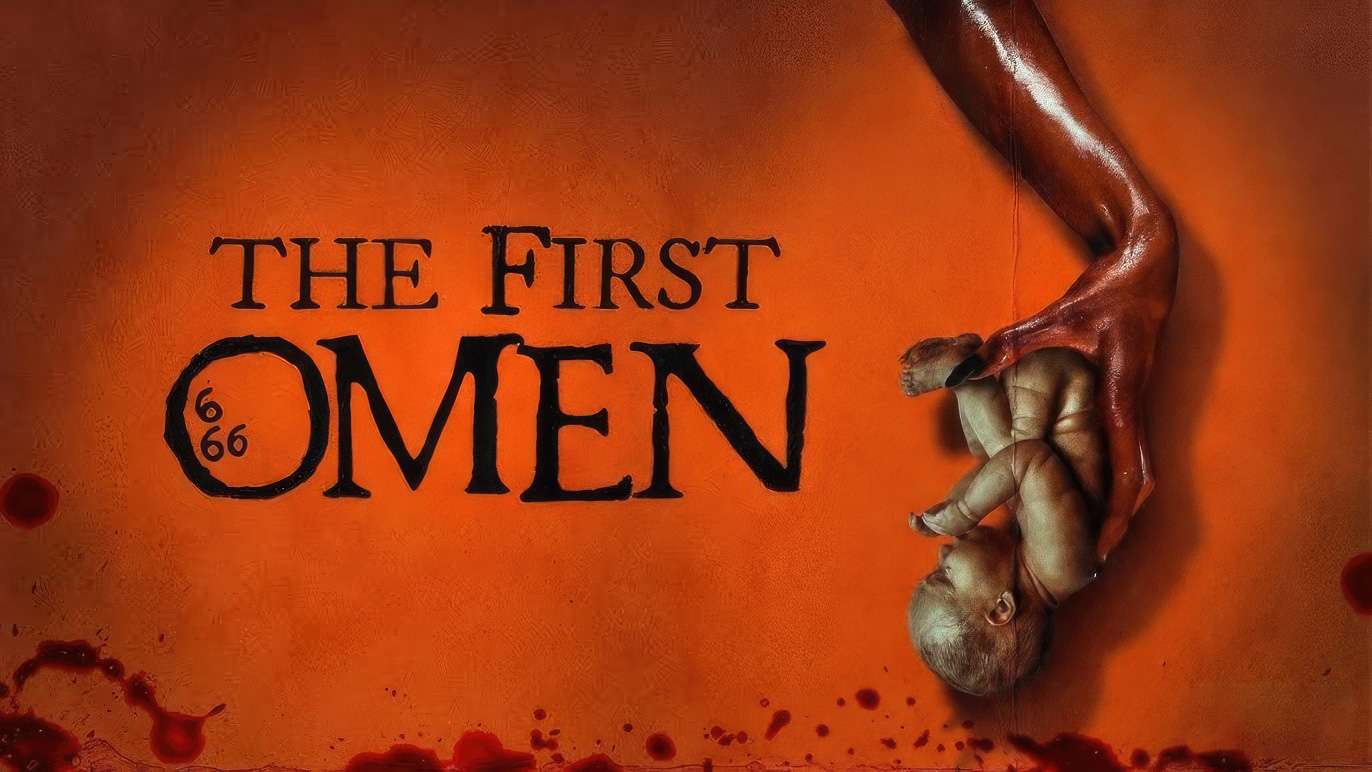CHALLENGERS – Reviewed by Kyrle Lendhoffer
In “Challengers,” Director Luca Guadagnino merges the luminous talents of Zendaya, Mike Faist, and Josh O’Connor to navigate the labyrinth of human relationships with the finesse of a master artisan. Guadagnino delves deep into the recesses of the human psyche, uncovering the raw, primal impulses that propel his characters through the tangled thickets of desire and ambition.
Zendaya’s portrayal embodies an enigmatic allure, reminiscent of D.H. Lawrence’s heroines, oscillating between vulnerability and ferocity. Her character, with a magnetic pull akin to nature’s forces, draws Faist and O’Connor into a whirlwind of passion and uncertainty.
Faist, in his role, channels a familiar archetypal male figure: brooding, conflicted, and driven by a primal urge for dominance. His chemistry with Zendaya crackles with intensity, laying bare the volatile dynamics of power and submission.
O’Connor, in contrast, embodies a delicate balance between strength and fragility, echoing English Victorian novelist Anthony Trollope’s exploration of masculinity in flux. His character serves as a counterpoint to Faist, caught in the gravitational pull of Zendaya’s character, navigating the treacherous currents of love and ambition.
Guadagnino’s direction infuses every frame with a palpable sense of longing and desperation. Through his lens, the stark beauty of the natural world becomes a mirror to the inner turmoil of his characters, reflecting the primal instincts that drive them inexorably towards their fates.
“Challengers” is a cinematic symphony, orchestrated with the precision and depth of a D.H. Lawrence novel. It is a testament to the enduring power of desire and the human spirit, rendered with haunting beauty and unflinching honesty.
 Kyrle Lendhoffer – Behind The Proscenium
Kyrle Lendhoffer – Behind The Proscenium



















